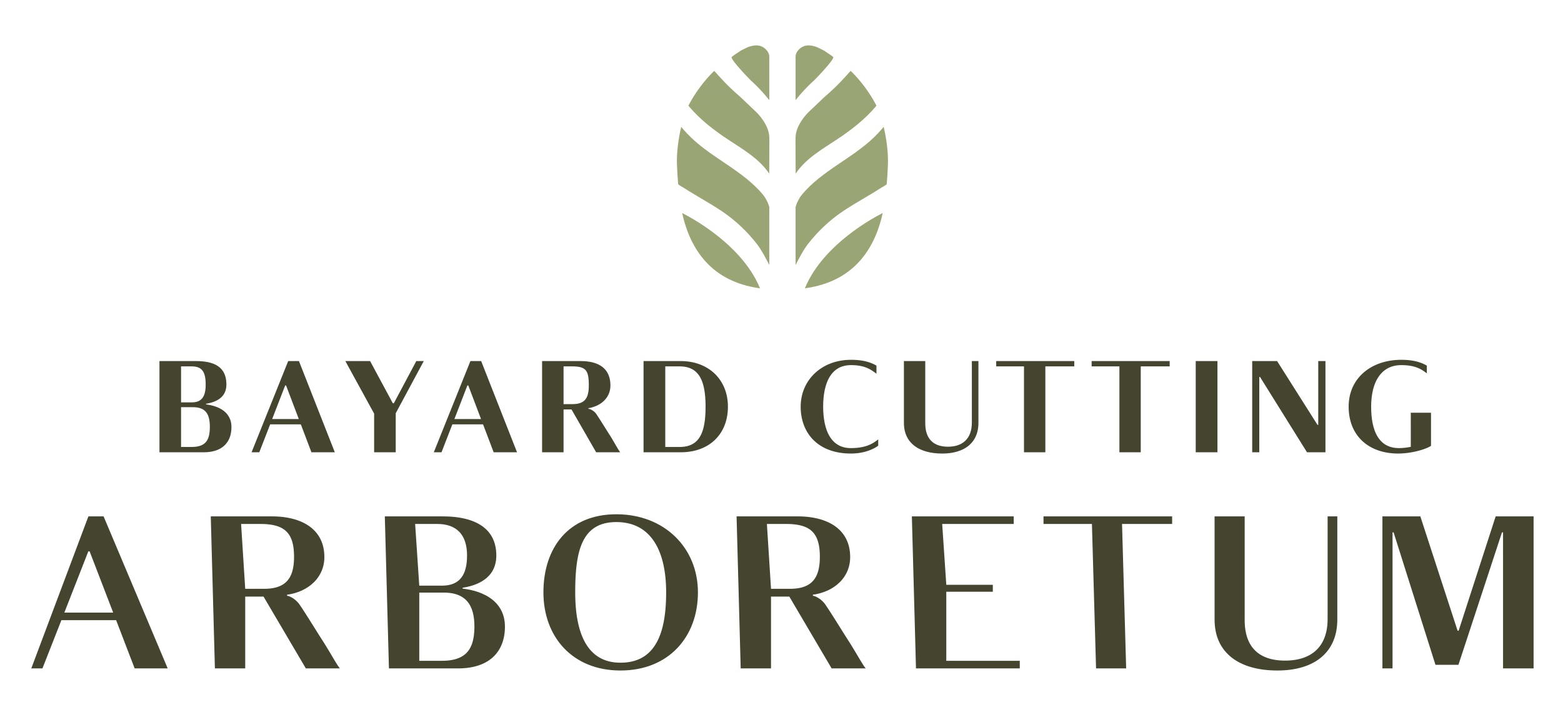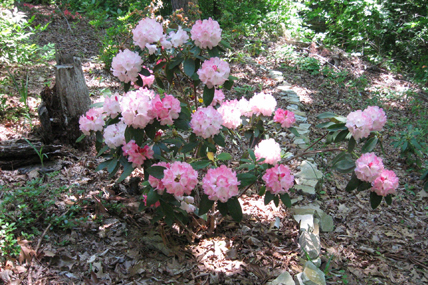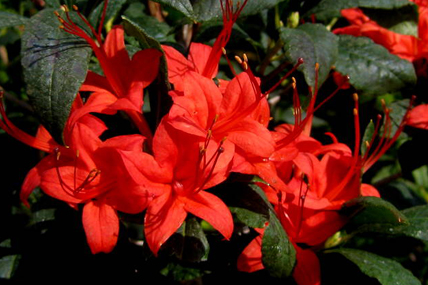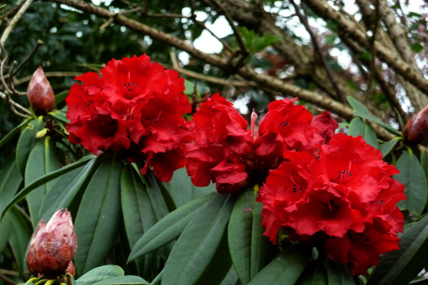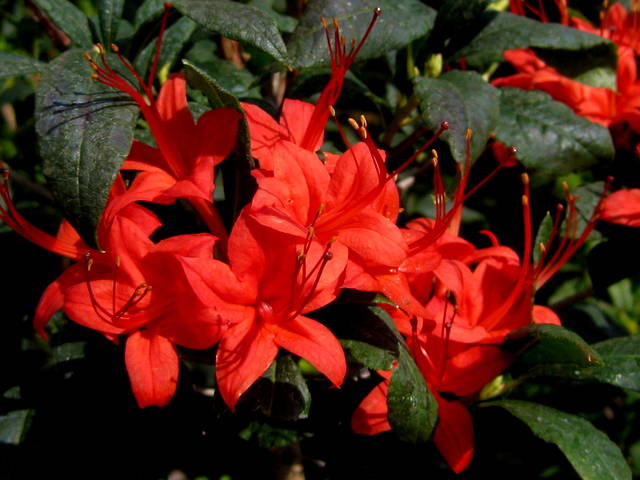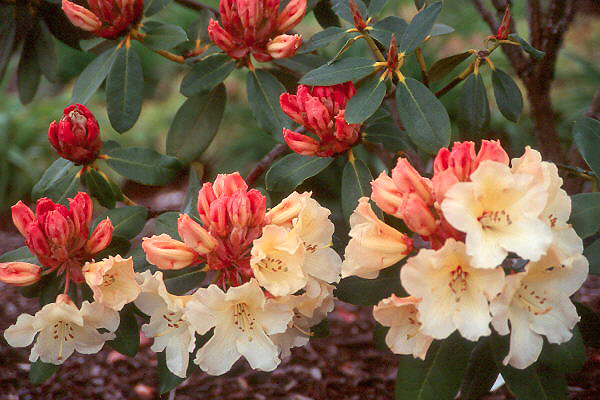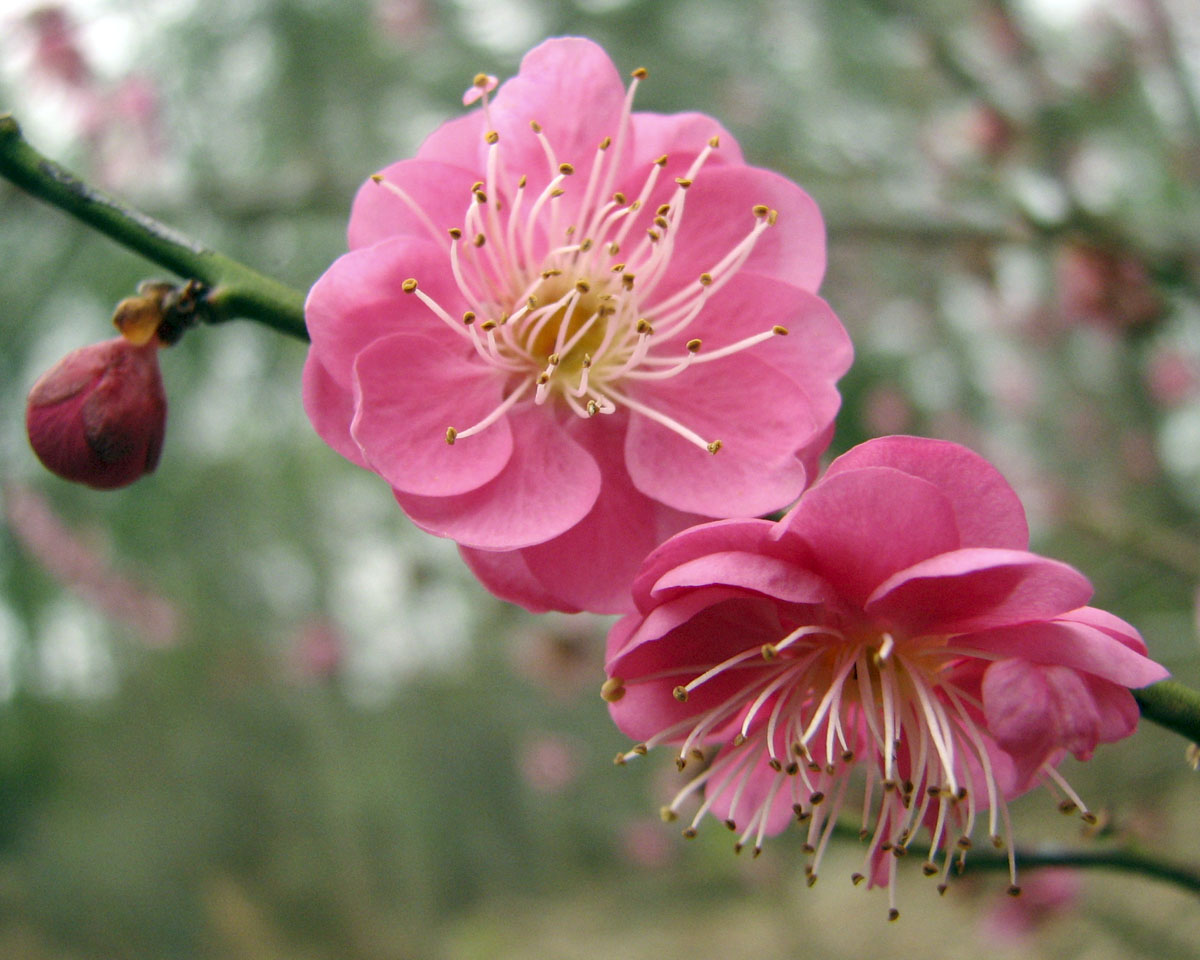TAURUS RHODODENDRON
Rhododendron 'Taurus'
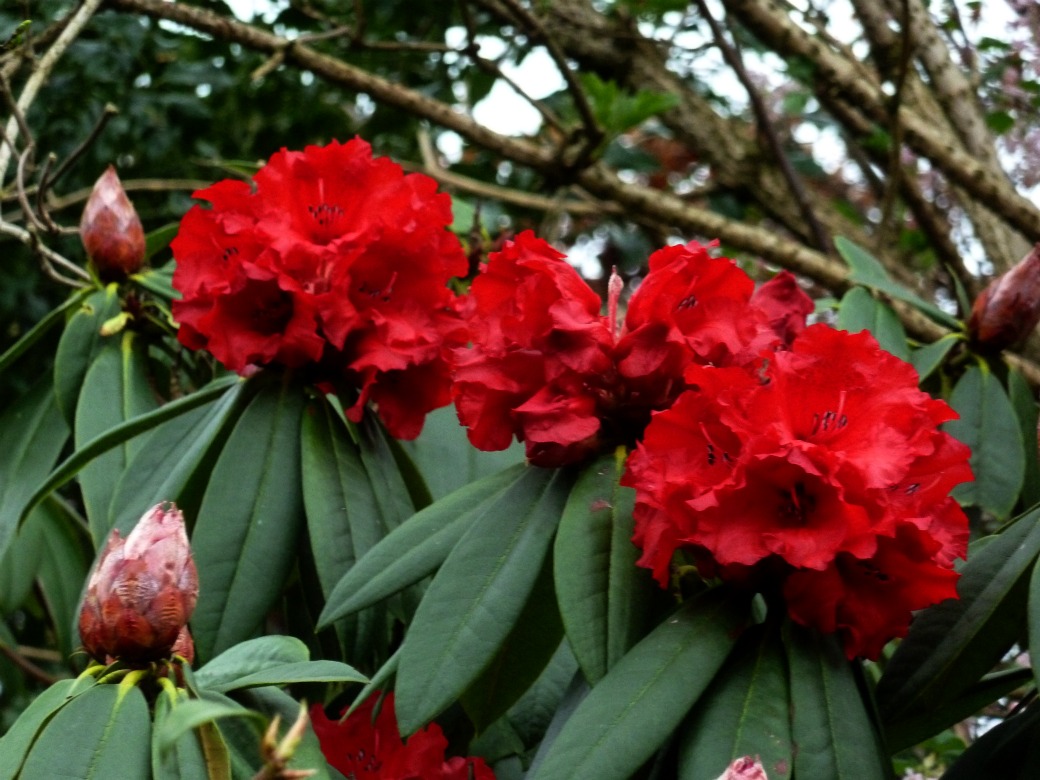
COLLECTION
Royce Rhododendron
FAMILY
Ericaceae
PLANT TYPE
Shrub, Evergreen
ZONE
6-9
CULTURE
‘Taurus’ grows best when planted in partial shade in moist, well-drained, organic soil. Most rhododendrons detest “wet feet.”
NOTEWORTHY CHARACTERISTICS
Gorgeous red blooms cloak the 6 foot by 4-foot plants in late April to early May, signaling the return of spring.
PROBLEMS
When grown in favorable conditions, pests are minimal. In wet conditions, plants will suffer from root rot.
GARDEN USES
Use in mass plantings for a dramatic spring display, or as a specimen in a foundation planting.
HISTORY
Numerous plants have been donated to the Arboretum by the American Rhododendron Society.
ROYCE RHODODENDRON COLLECTION
